OVERVIEW OF QUESTIONS AND ANSWERS SERIES
January to June 2009
| January | February | March | April | May | June |
January 2009
January 2009 (Part 1)
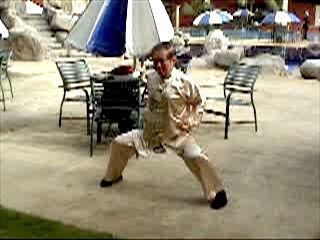
I remember that a few years ago when I was teaching chi kung in Portugal, a few students who had learnt kungfu before asked me to teach Shaolin Kungfu too. I replied that it was not possible to teach Shaolin Kungfu well in a few days. Yet, in August this year we had a very successful five-day regional Shaolin Kungfu course in Lisbon. Your sipak, Dr Riccardo, told the class that it was a dream come true, reminding them of my unwillingness to teach Shaolin Kungfu in such a short time period a few years ago.
Click here to enter.
January 2009 (Part 2)
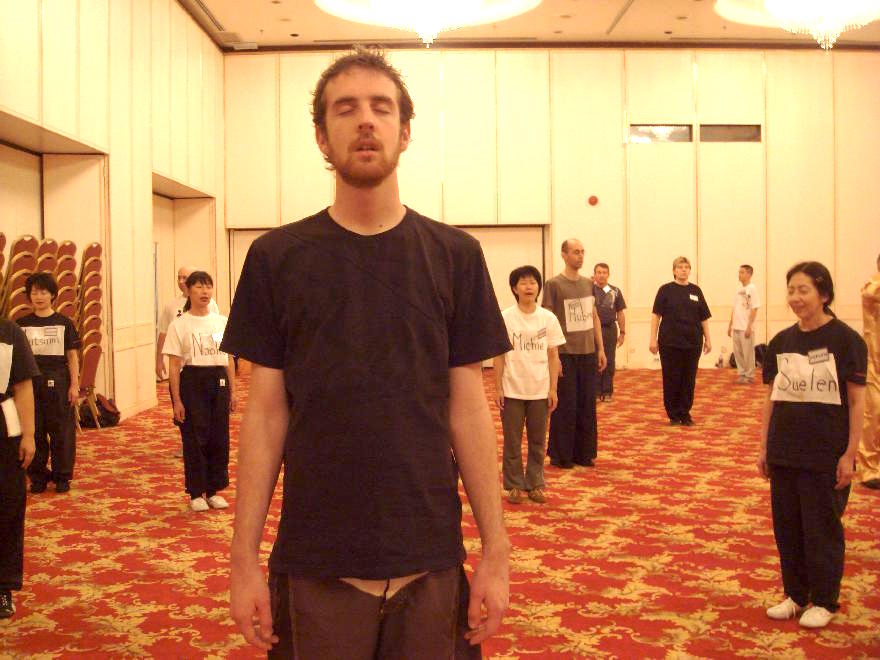
One must be discriminating when seeking information from the internet. Much of what is written on the internet about qigong and other internal arts is incorrect and misleading. There are also many “masters” who quote a lot of qigong and internal art sayings from classical literature, but often they themselves do not know what they are saying. It is easy for genuine masters to tell the rubbish from the genuine stuff, but the general public and ordinary students.
Click here to enter.
January 2009 (Part 3)

This point makes our school very different from most other schools — we practice and teach genuine Shaolin Kungfu. The hallmarks of genuine Shaolin Kungfu are internal force, combat efficiency using Shaolin techniques, and spiritual cultivation. Most other schools teach only external Shaolin forms, without internal force and spiritual cultivation, and use Kick-Boxing for sparring.
Click here to enter.
February 2009
February 2009 (Part 1)

Healing or spiritual teaching is priceless, i.e. it may be free or it may cost a lot of money. Personally I have given healing or spiritual teaching for free, and at other times I also have charged my patients or students a lot of money. The decision whether to give free healing or teaching, or to charge a lot of money is the right and privilege of the healer or teacher, and not that of the patients or students. But irrespective of whether the healing or teaching is free or expensive, the patients or students have the right and privilege to accept or reject it.
Click here to enter.
February 2009 (Part 2)
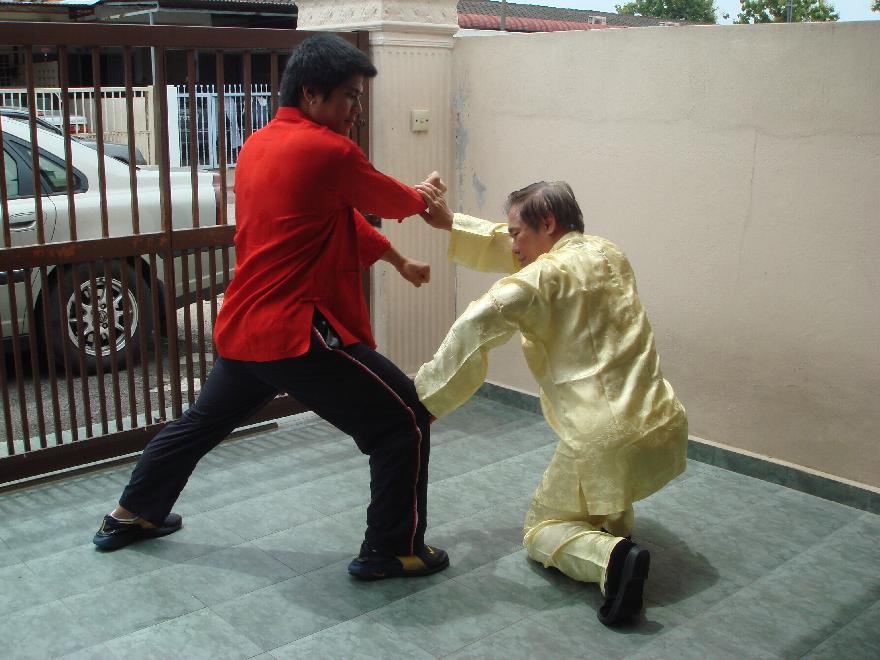
We pay much attention to these basic arts in our school, Shaolin Wahnam. In fact, in all the courses that I offer, which range from regional introductory courses to intensive advanced ourses, I go over all these basic arts in varying degrees of intensity depending on the type of courses, the time available as well as the developmental stage of the course participants. Many other schools, however, pay little or no attention to these basic arts. Some instructors, for example, consider stance training a waste of time, and many students do not know how to move effectively, resulting in sustaining knee injuries and back pain.
Click here to enter.
February 2009 (Part 3)
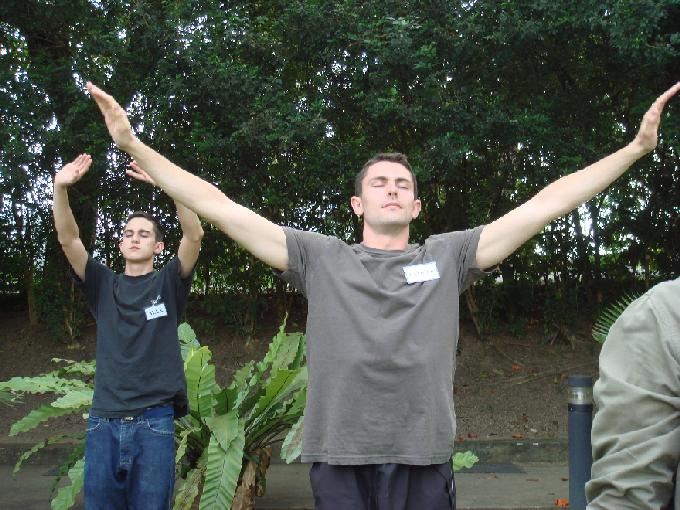
You made a very common mistake many people make: you derive your answers from intellectualization and not from experience. This does not mean that intellectualization is not useful, but in cases involving internal force and other disciplines not normally understood by most people, the answers derived from intellectualization are often incorrect.
Click here to enter.
March 2009
March 2009 (Part 1)

A remarkable outcome of this historical background of our kungfu sets is an interesting paradox. Relatively, we pay more importance to skills than to techniques which are crystallized into sets, yet in a short time our students learn so many Taijiquan or Shaolin sets! It is worthy of note that our sets, like what actually happened in the past, were the result of our attempt to enable our students to learn more effectively and to have more benefits from their training. The sets were not created for demonstration to please spectators.
Click here to enter.
March 2009 (Part 2)

Often you may have to modify the form so that it follows the established form of Shaolin. This is not to hide the fact that you have borrowed the pattern from another martial art, but to minimize its setbacks and enhance the advantages of the form. Take the knee jab from Muay Thai for an example. If you perform the knee jab as in Muay Thai, you will expose yourself dangerously. Your opponent can easily gorge your eyes or grip your groin. Such drastic counter-attacks are not permitted in Muay Thai -- a fact many martial artists often neglect -- but in kungfu or real fighting there are no safety rules. So, if you wish to add the Muay Thai knee jab to your Shaolin repertoire, you have to modify the pattern to conform to established Shaolin form.
Click here to enter.
March 2009 (Part 3)
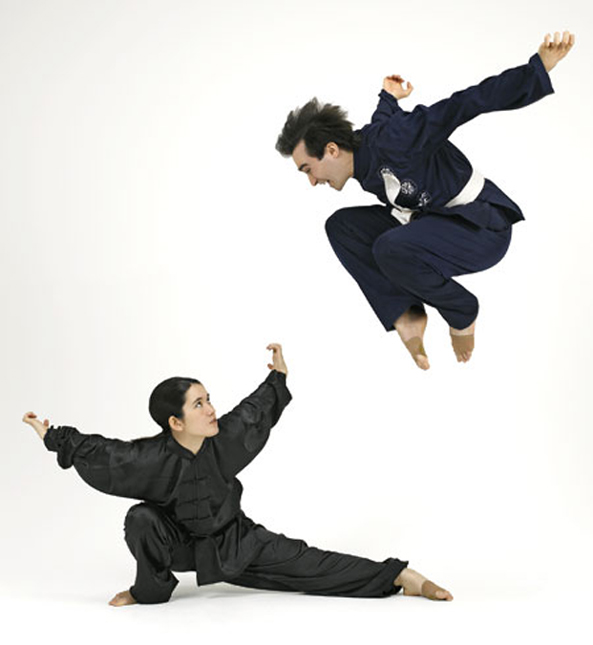
Similarly, if you wish to learn the type of Shaolin Kungfu we teach, with emphasis on combat efficiency, good health and spiritual cultivation, you come to one of the many branches of our school, pay your fees as a student and enjoy practising the type of Shaolin Kungfu you desire to learn. You don't just read about Shaolin Kungfu, or go out there in the whole wide world to search amongst the myraid other kungfu and martial art schools.
Click here to enter.
April 2009
April 2009 (Part 1)
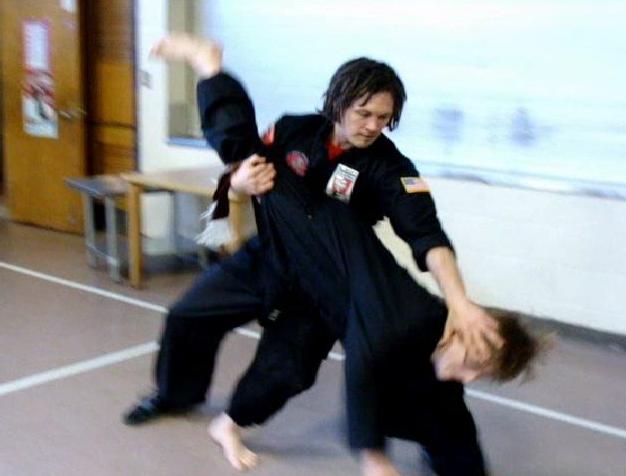
Our position on challenges is also very clear. We do not challenge others but if others challenge us, we take it seriously. We study the challenger and his challenge carefully and respond accordingly. So far, we have accepted every one of the challenges our distractors throw at us, and we are glad that without a single exception every challenger withdrew his challenge.
Click here to enter.
April 2009 (Part 2)

In our school, any exercise can develop flowing force! In other words, you do not need any special methods to develop flowing force in our training, so long as you train you will have flowing force.
Click here to enter.
April 2009 (Part 3)
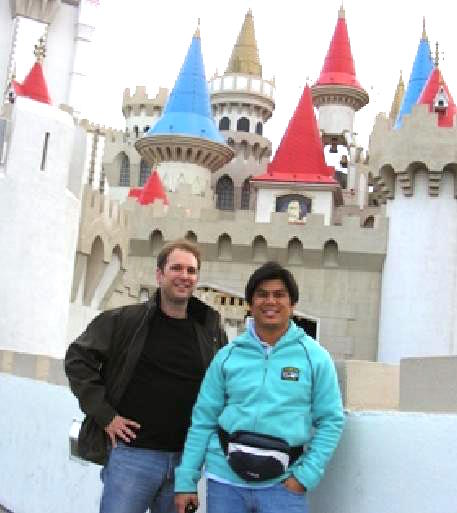
Similarly, if you wake up in the morning to find the sky overcast, and you complain that it is going to rain, or when you go to work or to study and complain you are going to have a hard time ahead, you view life the negative way. If you rejoice that plants will be glad of the falling water, and you have a chance again to listen to falling rain, and that you are blessed with another day to experience the wonders of just being alive, you view life the Shaolin Wahnam way.
Click here to enter.
May 2009
May 2009 (Part 1)
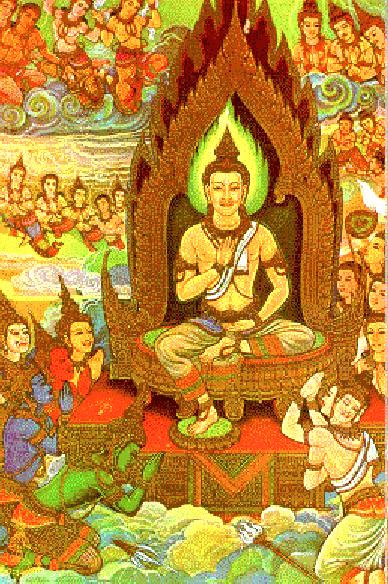
If we feel that our human world is just a small part of the Saha World, which is of course true, we are further humbled to know that the Saha world itself is only a tiny speck in the Universe where there are worlds like our Saha World as countless as the sands of River Ganges with each of the countless worlds teeming with sentient beings. This view is certainly a great contrast with the orthodox scientific view that life exists only in this puny speck we call our earth.
Click here to enter.
May 2009 (Part 2)
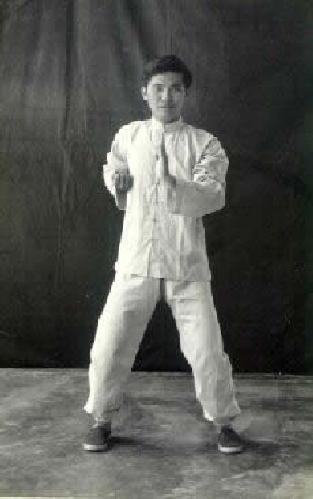
Wanting the best for our students is a hallmark of a good teacher, and is a value we cherish and practice in our school. This includes not just teaching our students our best but also directing him to other teachers or healers if they can serve him better. This does not happen very often in our school, certainly not because we do not practice what we say but because we honestly believe we can give him the best means to fulfill his needs.
Click here to enter.
May 2009 (Part 3)
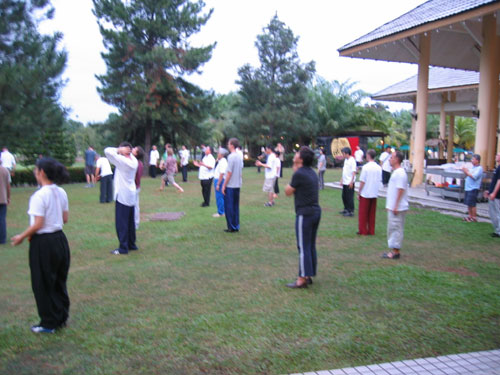
It is possible to know that qi is real, or your nose is real, from direct experience. Of course, if you never had any direct experience of your noce, you would have difficulty telling the difference betwen reality and illusion. In the same way, if you never had any experience of qi, you would have difficulty telling the difference too.
Click here to enter.
June 2009
June 2009 (Part 1)
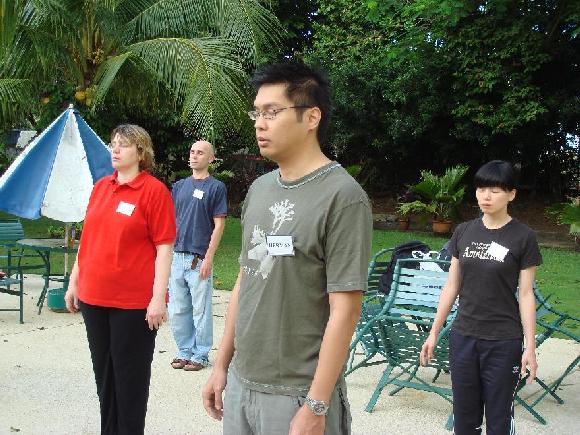
This is an important issue many people, including inexperienced instructors, do not realize. They think that they have done well by introducing their students to deeper levels. But they ignore the possibility that even when their students may have learnt correctly, later they can make mistakes that can cause serious side-effects. The problem is double-fold. First they and their students may not realize the serious mistakes. Secondly, even if they do, they do not know how to rectify the side-effects.
Click here to enter.
June 2009 (Part 2)
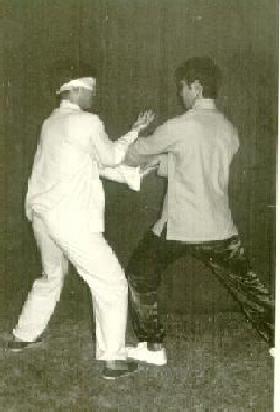
This reminds me of a Shaolin classic on the Shaolin Five Animals I read many years ago. Almost all the pictures that showed the different Shaolin Animals were similar. Yet, some were meant for Dragon, some for Snake, others for Tiger, for Leopard and for Crane. At that time I was puzzled. I expected to see different forms for different Animals.
Click here to enter.
June 2009 (Part 3)
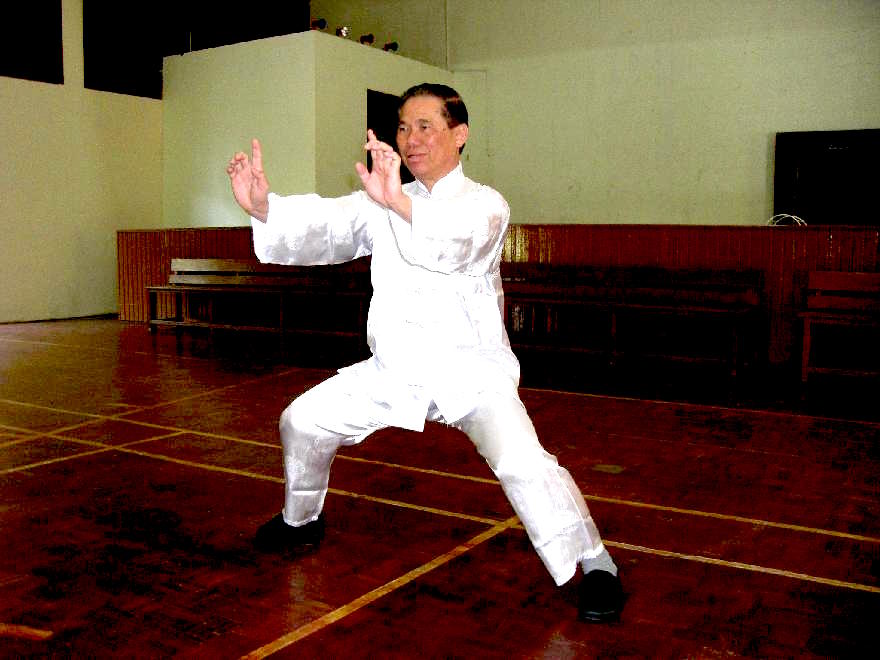
Not harming yourself in your training is very important. Unfortunately, many people harm themselves, usually not even realizing it. Many martial afrtists today, for example, are less healthy after many years of training than before they started training. Most of them train in external arts. The harm derived from incorrect training in the internal arts is more serious.
Click here to enter.
